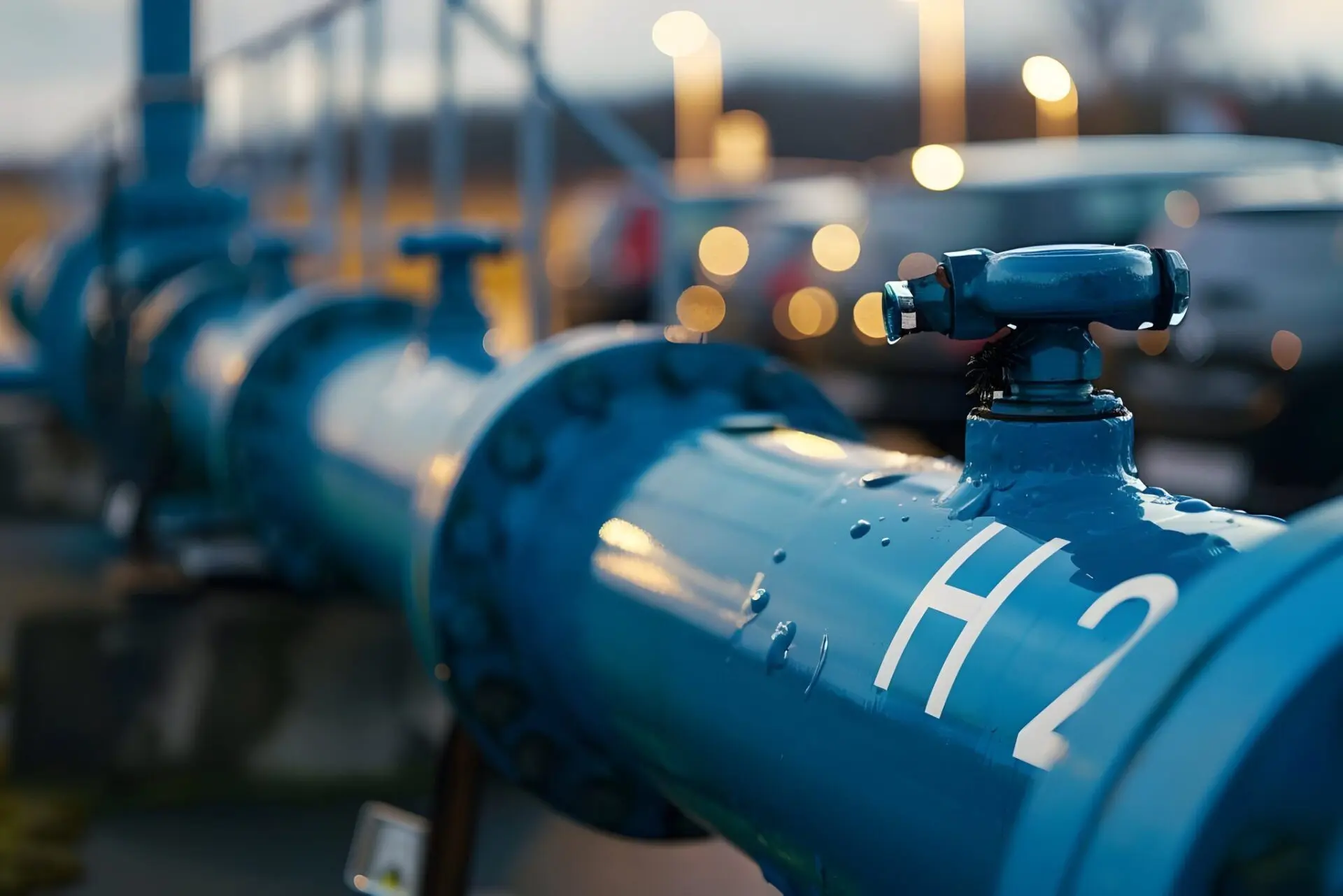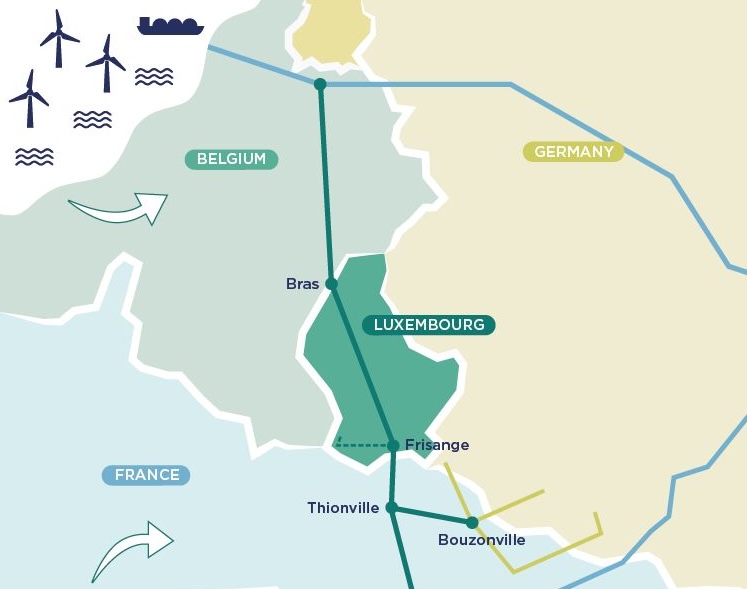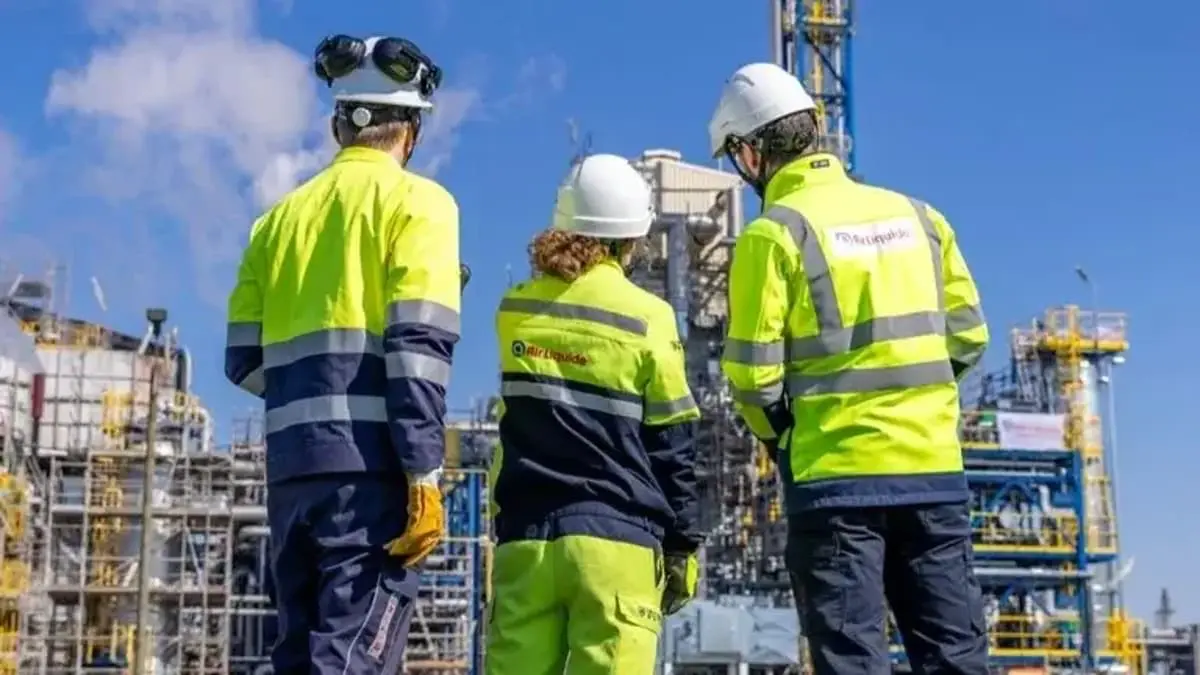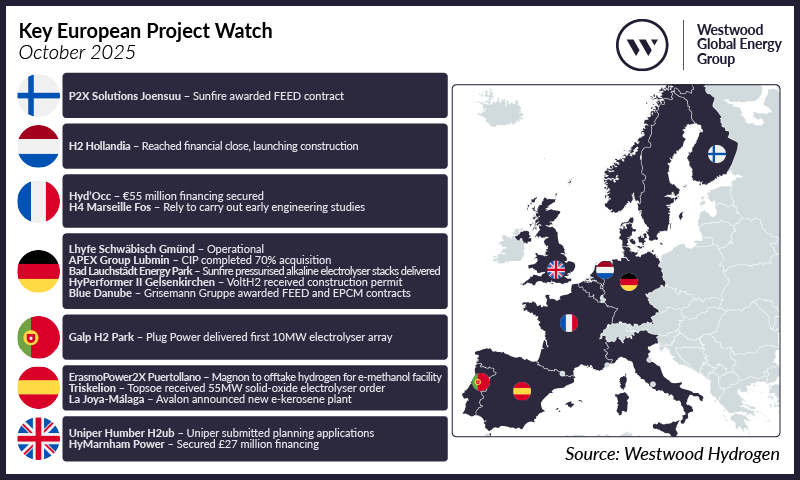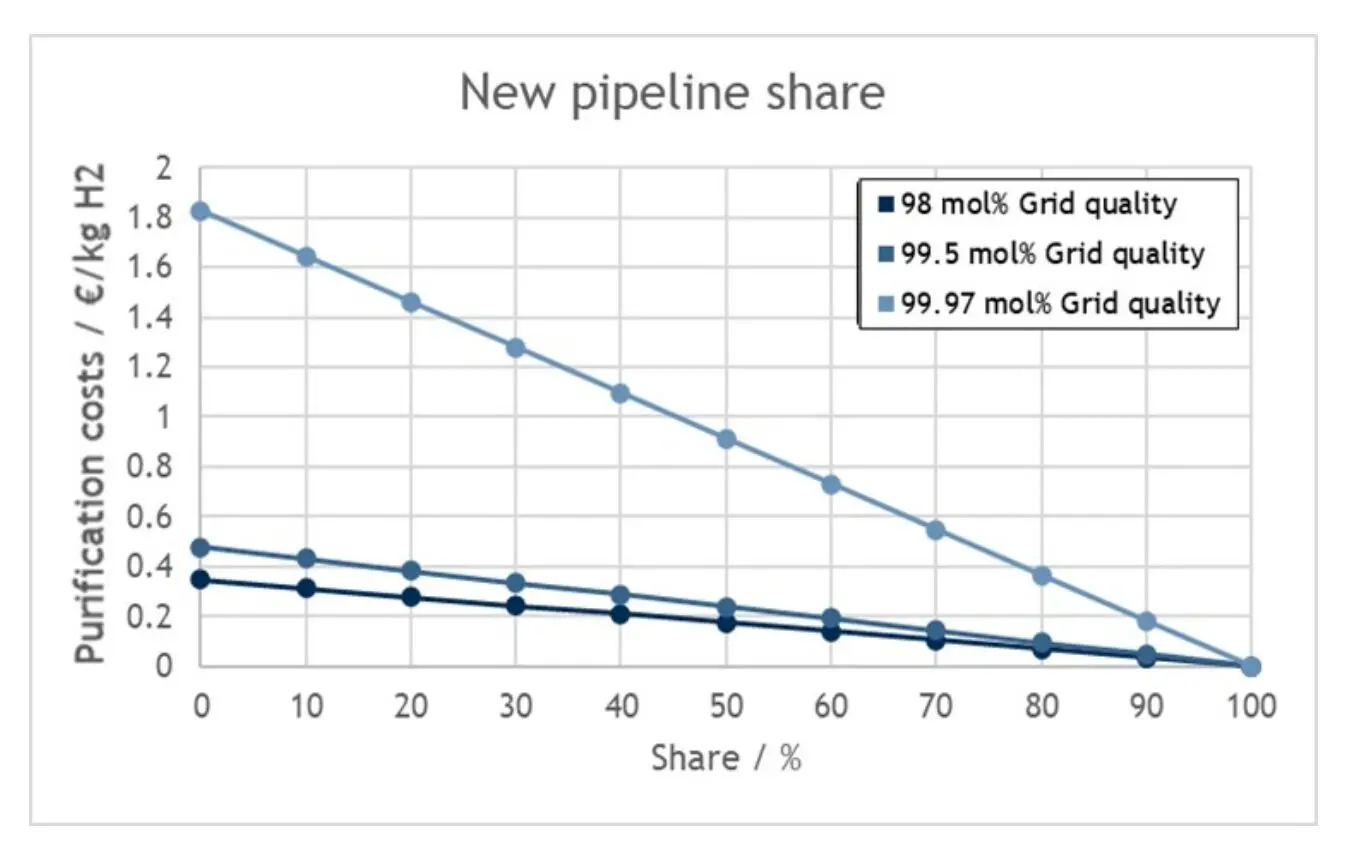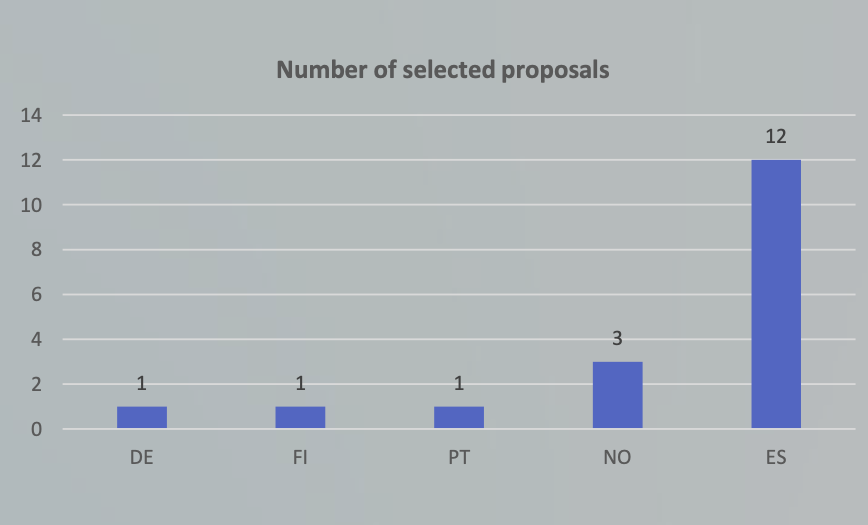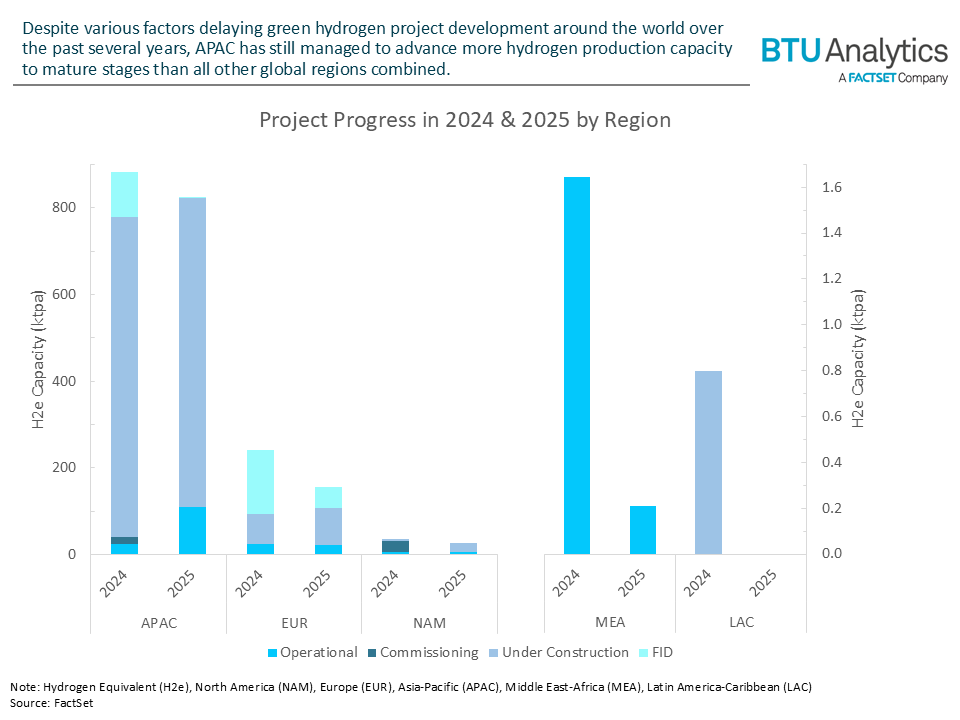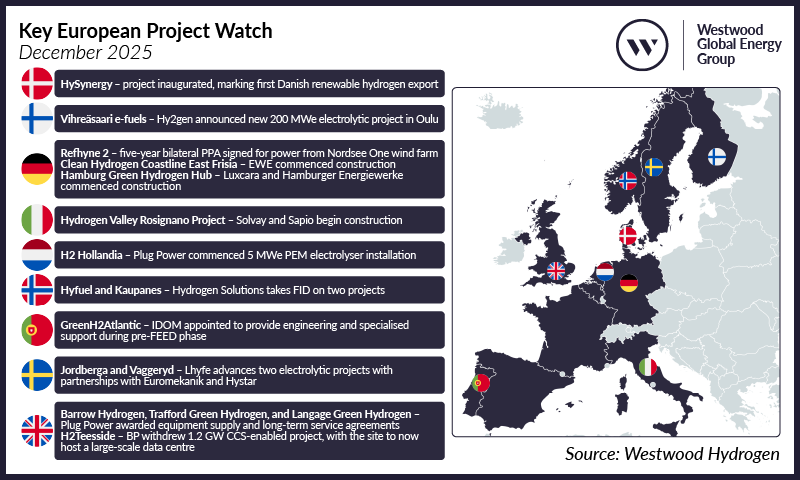
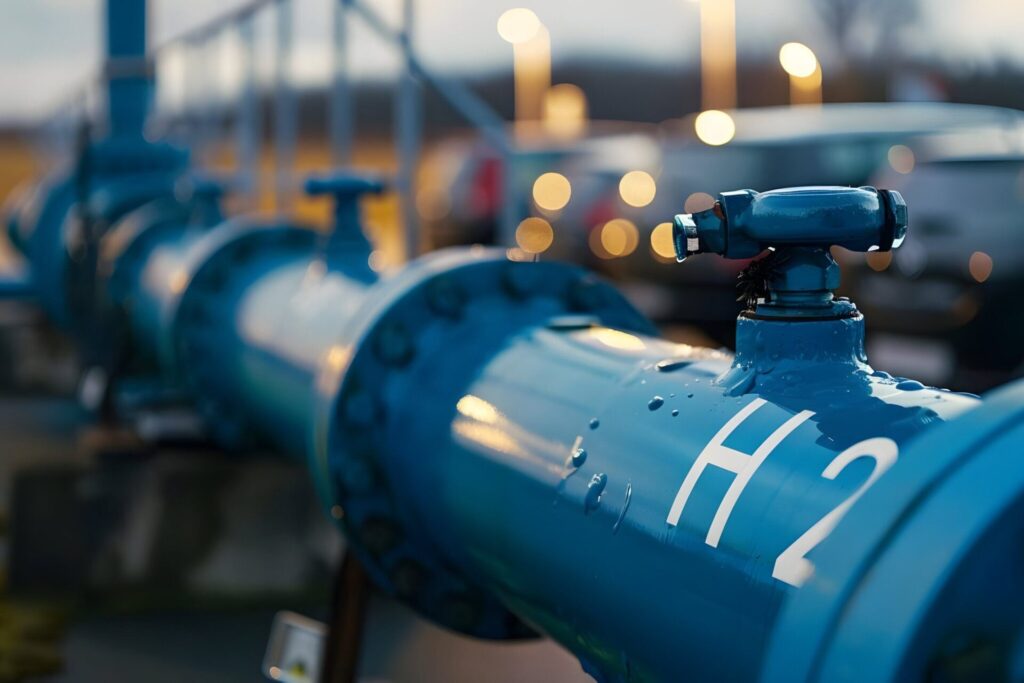
Several winners in the European hydrogen bank’s second auction benefited from the EU deeming numerous projects with lower bids ineligible, European Commission data show.
The EU this week picked 12 winners under its ‘general topic’ that — unlike a separate ‘maritime topic’ — does not prescribe the end use for the renewable hydrogen.
The round cleared at a €0.60/kg bid from Danish fund manager Copenhagen Infrastructure Partners (CIP) and Swedish utility Vattenfall for their Dutch Zeevonk project. Zeevonk made it in as the last of the 12 projects, but 19 other bids came in lower, the commission data show.
Eight projects with lower bids did not pass the EU’s admissibility and/or eligibility criteria’, although the commission has not specified further.
The largest of the rejected projects was a plant with output of nearly 40,000 t/yr in Denmark, the commission data show. Two German and five Spanish projects — with combined capacity of around 100,000 t/yr — also fell through.
Provided all bids submitted had been eligible, the clearing price would have been at around €0.50/kg, broadly in line with the pilot auction’s €0.48/kg.
Of the 33 projects that bid higher than Zeevonk, only three did not pass the EU’s criteria, indicating that ineligible submissions were heavily skewed towards projects with lower bids.
In the maritime topic, three Norwegian projects won subsidies thanks to three projects planned elsewhere falling through the commission’s assessment. The lowest and third-lowest submission came from Spanish projects that were rejected. By far the largest project for this round, a Swedish plan for roughly 20,000 t/yr, did not get picked despite placing a much larger bid than the €1.88/kg from developer Green H, at which this auction cleared.
The 14 bids deemed inadmissible or ineligible across both ‘topics’ exceeded the 13 bids the commission rejected in last year’s pilot, even as overall submissions dropped to 61 from 130.
The EU tightened some criteria for this round compared with the pilot, including on use of Chinese electrolyser equipment.
Source: Stefan Krumpelmann, Argus

